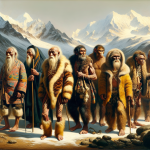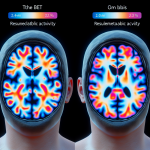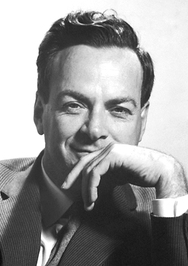
Caffeine Intake linked to Lower Diabetes Risk
Link Between Caffeine Levels and Increased Body Fat and Diabetes Risk Revealed
Research has revealed a potential link between the levels of caffeine in the bloodstream and the likelihood of having increased body fat and a higher risk of developing type 2 diabetes. Collaborative work between scientists from the Karolinska Institute, the University of Bristol, and Imperial College London unveiled a connection that points to the role of caffeine in influencing body mass index (BMI) and predisposition to type 2 diabetes.
Study Findings
The study, documented in BMJ Medicine in March 2023, utilized genetic markers to discern the nature of the relationship. It suggests that choosing beverages with caffeine that do not contain calories may help in the endeavor to decrease body fat.
Details of Research
Focusing on genetic data from approximately 10,000 people, the study analyzed gene variants that affect how rapidly caffeine is metabolized by the body. The genes of interest were CYP1A2 and AHR, which are responsible for how long caffeine remains active in the body. Intriguingly, individuals with gene variants that lead to slower metabolism of caffeine were found to consume less caffeine.
Utilization of Mendelian Randomization
Employing a method known as Mendelian randomization, researchers probed the potential cause-and-effect relationships between these genetic variations, diabetes risk, body composition, and lifestyle habits. They found that higher plasma caffeine levels were linked to a lower BMI and a reduction in body fat. The findings estimate that a substantial portion of caffeine’s effect on reducing the risk of type 2 diabetes is due to its influence on reducing BMI.
Potential Reasons and Further Investigation
Furthermore, the investigation shed light on possible reasons behind these effects, such as caffeine’s role in promoting fat burning and increasing the body’s production of heat, which are key factors in metabolism. Although no direct associations were found between blood caffeine levels and cardiovascular conditions, including atrial fibrillation, heart failure, and stroke.
Interpretation and Future Directions
The research team advised a cautious approach to the interpretation of these results, underscoring the need for additional studies to confirm whether the connections observed are truly indicative of cause and effect. They noted the vast consumption of caffeine globally and proposed that even marginal metabolic effects of caffeine could bear significant implications for public health.
Conclusions and Next Steps
Considering the insights provided by this study, the authors also recognize the inherent constraints of Mendelian randomization and the importance of further exploration to eliminate any other potential influences not accounted for in this research. The initial version of this study first made its appearance in March 2023.








